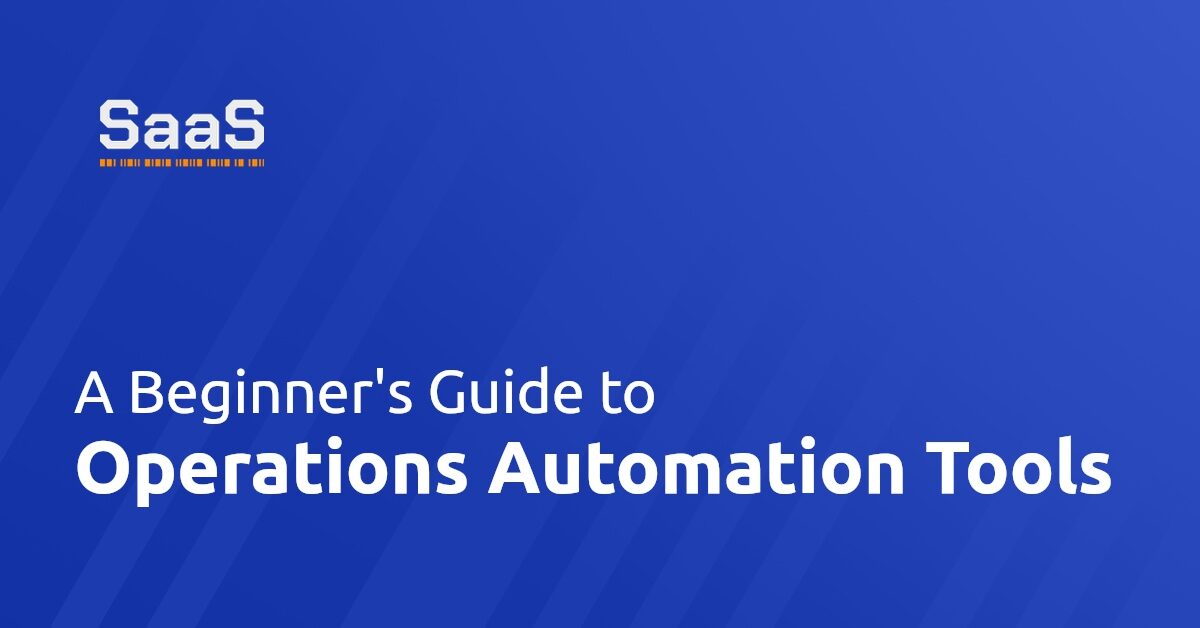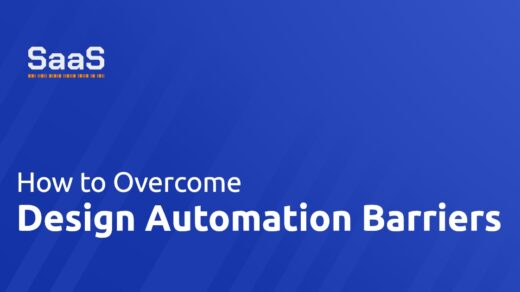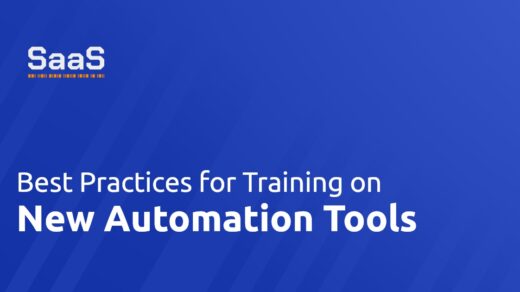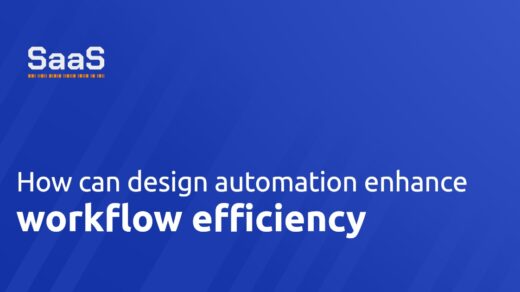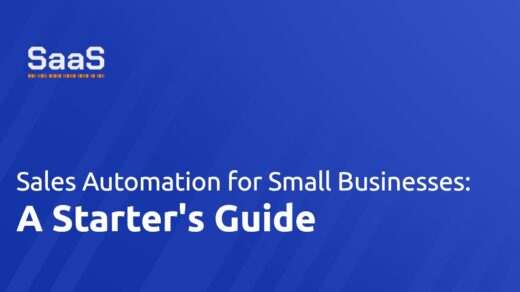What are common operations automation tools?
Automation has become an integral part of optimizing business operations over the past few years. There are a plethora of operations automation tools on the market that cater to a variety of needs. Some of the most common operations automation tools are Robotic Process Automation (RPA), Business Process Automation (BPA), IT Process Automation (ITPA), and Artificial Intelligence for IT Operations (AIOps).
These tools streamline and automate repetitive tasks, enabling businesses to significantly improve operational efficiencies. RPA uses software bots to automate manual and repetitive tasks that are typically performed by humans. BPA assists in streamlining and automating complex business processes to improve organization and productivity. ITPA focuses on automating IT processes, while AIOps uses machine learning and data analytics to automate IT operations.
How can operations automation tools benefit beginners?
Operations automation tools can provide numerous benefits for beginners. For starters, they eliminate the tedious, repetitive tasks that can consume significant amounts of time, freeing up the user to focus on more important, value-added tasks. This significantly improves productivity and efficiency.
Furthermore, these tools can be programmed to operate round the clock, ensuring consistent output and eliminating the potential for human error during the execution of tasks. This leads to improved accuracy and overall performance. Lastly, they provide a scalable solution for businesses, allowing for easy adjustment of operations as business needs expand.
How to choose the right operations automation tool?
Selecting the right operations automation tool depends heavily on your business needs and goals. Before you embark on the selection process, take time to understand your business processes and workflows thoroughly. Identify repetitive, time-consuming tasks that are suitable for automation.
Next, consider the complexity of your business processes. Not all tools are created equal; some may be better suited for simple tasks while others can handle complex processes. Ensure the tool you choose can effectively automate your processes without any significant hitches. Lastly, consider factors such as ease of implementation, scalability, and cost. Look for a tool that matches your budget and technological capabilities.
Steps to get started with operations automation tools
Embarking on automation can be a daunting task for beginners, but follow these steps to make the process smoother. Firstly, familiarize yourself with the tool. Invest time in training and understanding the features and capabilities of the tool. Many providers offer free online resources, tutorials, and support that can be helpful.
Once you've gained a good grasp of the tool, set clear objectives in mind for what you want to achieve with automation. Align these objectives with your business goals to ensure you are moving in the right direction. Implement the automation tool on a small scale initially, then evaluate its effectiveness before fully integrating it into your operations.
Finally, monitor the performance regularly. Don't assume that the task is done once the tool is implemented. Regular assessment and tweaking can mean the difference between success and failure in operations automation.

